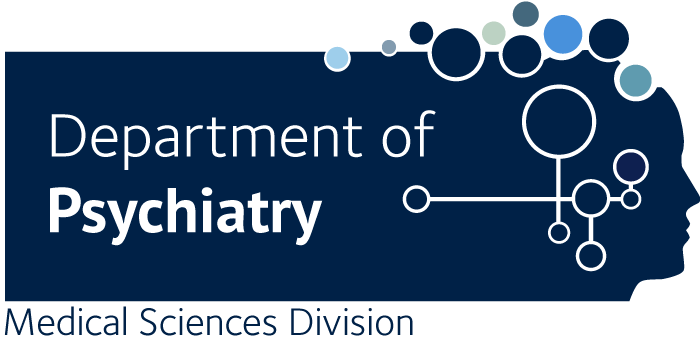Rethinking segregation and integration: contributions of whole-brain modelling.
Deco G., Tononi G., Boly M., Kringelbach ML.
The brain regulates information flow by balancing the segregation and integration of incoming stimuli to facilitate flexible cognition and behaviour. The topological features of brain networks--in particular, network communities and hubs--support this segregation and integration but do not provide information about how external inputs are processed dynamically (that is, over time). Experiments in which the consequences of selective inputs on brain activity are controlled and traced with great precision could provide such information. However, such strategies have thus far had limited success. By contrast, recent whole-brain computational modelling approaches have enabled us to start assessing the effect of input perturbations on brain dynamics in silico.

